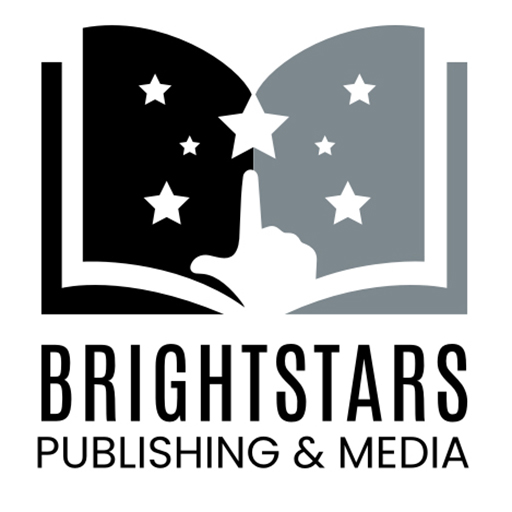At Brightstars Publishing & Media, the editing stage is where a raw draft begins its transformation into a publish-ready work. We combine the speed and coverage of modern tools with the nuance of human editors so that every correction serves the author’s intent. The goal is simple and rigorous: a manuscript that reads with clarity, authority, and style—ready to move confidently into design and production.
The Dual Correction Process: AI and Human Expertise
The editing phase is where clarity and polish are achieved. At Brightstars, we apply a dual correction process that integrates advanced artificial intelligence (AI) tools with the judgment of skilled human editors.
It begins with AI-powered screening that catches surface-level issues—grammar, spelling, punctuation, repeated words, and simple inconsistencies—so deeper work isn’t distracted by mechanical noise. True refinement follows with human editing: context, tone, rhythm, and emotional resonance are shaped so the prose flows and the author’s voice remains intact. This partnership—AI for efficiency, editors for nuance—produces a clean, elegant, professional text.
Revisions and Transparency: The Author’s Journey
Editing is a dialogue, not a decree. Authors typically go through two structured rounds of revisions, with a third available for complex titles. All work is handled in Word (DOCX or RTF) using Track Changes, so every suggestion is visible and reversible.
This transparency fosters trust and better decisions: the author can accept, reject, or refine edits while discussing intent with the editor. The result is a manuscript that gets sharper without losing authenticity—ideas clarified, arguments tightened, images made precise, and pacing smoothed for the reader.
Consistency and Style: Crafting the Perfect Manuscript
Professional publishing demands consistency of form and style. Depending on market, we align with the Chicago Manual of Style (U.S.) or the New Oxford Style Manual (U.K.). Alongside this, each project receives a custom style sheet—a living document that records spelling preferences, capitalization, hyphenation, numerals, and any special terminology or house decisions (e.g., email vs. e-mail, website vs. Web site).
These choices may seem small, but together they create the uniformity that signals credibility. When form never distracts from substance, the reading experience is smoother, the argument lands with more weight, and the author’s authority grows on every page.
Finalizing the Proof-Ready Manuscript: A Seamless Transition to Design
After revisions are complete and the style sheet is locked, the text enters the proof-ready stage. The manuscript is frozen (no silent tweaks), citations and quotations are verified, and a change log preserves version integrity during handoff.
With a stable file, the design team can proceed to typesetting and layout without friction. This preparation shortens production time, reduces errors, and protects quality across print and digital formats—so what the reader holds feels as polished as it reads.
Why It Matters
Great editing is often invisible, but its effects are unmistakable: clarity without loss of voice, consistency without stiffness, and pages that invite the reader onward. At Brightstars, editing is a partnership—respecting the author’s vision while elevating it to professional standards. That’s how a draft becomes a book ready to meet the world.





